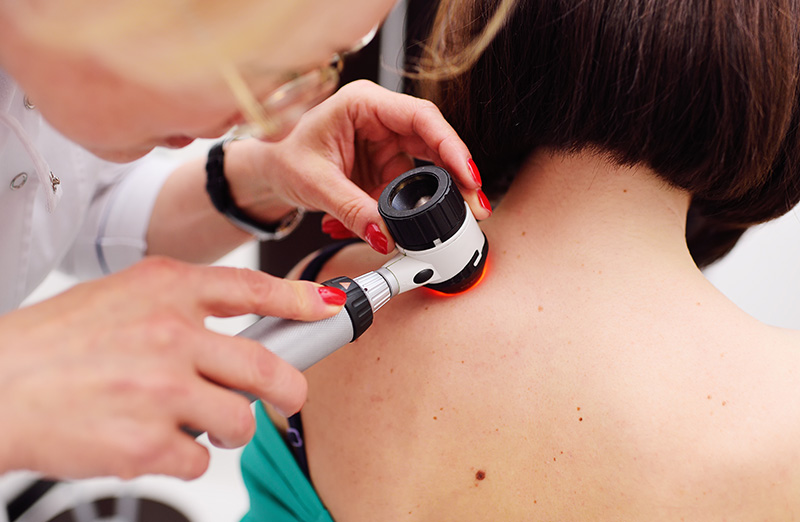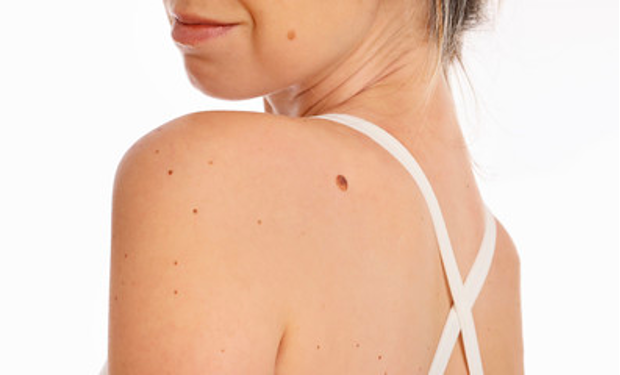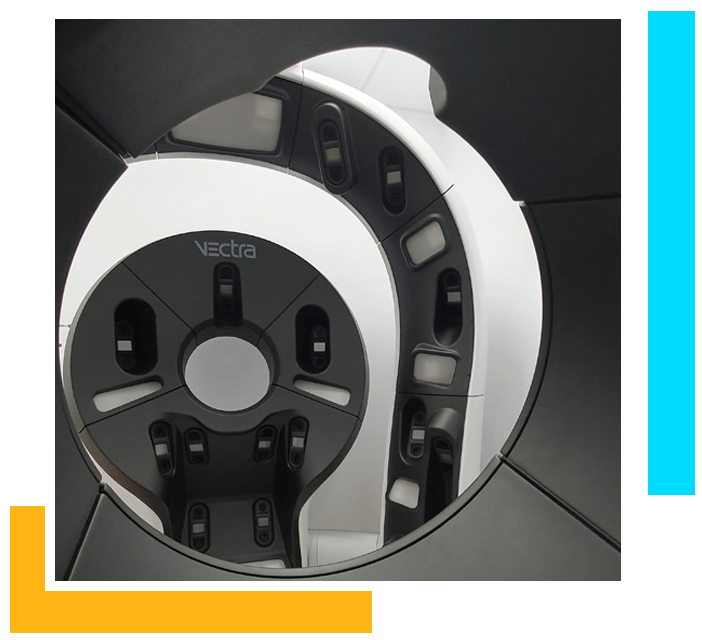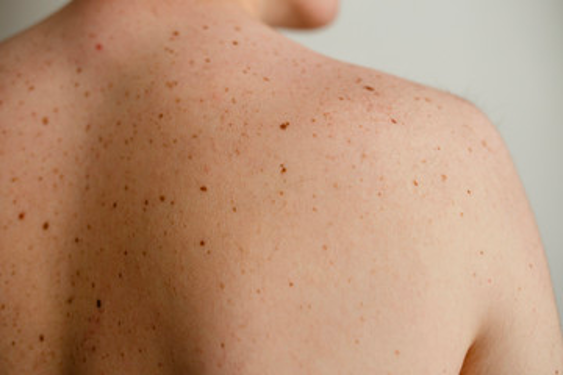
Always be vigilant when it comes to moles that change appearance
GPs and other medical professionals often mention the importance of reporting changes in moles. But have you ever wondered why this advice is given? It’s not just about identifying new skin cancer cases; it’s about understanding that many cancers are only detected because they undergo changes, rather than having obvious signs of cancer from the start.
Currently, about 30 percent of melanomas are diagnosed solely because of noticeable changes. Fortunately, at SunLife, we offer comprehensive methods to help you keep track of normal moles that change and see new ones that arrive.

What is a changing mole – and when should you get it checked?
Here’s what to look out for when you check your own skin for cancer:
- Soreness, itch, or pain
- Change in an existing mole
- Something looks different or Abnormal
- A new mole or spot has appeared
Changes that don’t self-resolve or go away after 5-6 weeks and should be checked by a skin cancer doctor or GP.
Here’s some examples of the kinds of changes you may notice with your moles or skin spots:
- Irregular colour, shape or pattern
- Skin surrounding a mole has changed
- Irregular edge
- Raised or dome shape
- Mole is itchy, painful, bleeding or has a rough surface
Why Do Changing Moles Matter?
Left unchecked, changing moles typically result in a greater risk of developing late diagnosis of melanoma or other skin cancers. This can mean more significant treatments or being too late to treat.
By staying vigilant and keeping an eye out for the warning signs, you can not only spot potential skin cancers but also detect abnormalities that may require medical attention. Many skin cancers are only identified because they exhibit changes, rather than exhibiting clear indications of cancer at first glance.
The Importance of Self Skin Checks
Have you had a skin check recently? An important way to stay on top of your skin health is by conducting self skin checks every one to three months. By familiarising yourself with your skin and examining it regularly, you have a much higher chance of detecting sore, changing, abnormal, or new lesions that may require further evaluation. Remember to inspect every nook and cranny, as skin cancers can develop anywhere on the body. Should you notice any concerning changes, promptly report them to your doctor for a professional assessment.
The Role of Thorough Skin Checks by Experienced Skin Cancer Doctors
In addition to self skin checks, scheduling regular consultations with an accredited skin cancer doctor is essential for maintaining skin health for those at risk of skin cancer. These professionals have the expertise and experience to perform thorough examinations, so potential skin cancers or abnormalities can be detected early on. During these appointments, your doctor may also discuss a personalised plan outlining how often you should have a skin check based on your risk factors and medical history.
Considering Total Body Photography for High-Risk Individuals

High-risk individuals, such as those with numerous moles, a personal or a family history of melanoma, or a history of repeated sunburns, may benefit from 3D total body photography. This innovative technology allows for the monitoring of your skin over time, using advanced computer software in conjunction with the expertise of a doctor with unique experience in skin cancer medicine. By getting 3D total body photography, you can proactively stay ahead of potential risks and maintain optimal skin health.
Monitoring changing moles is so important when it comes to your skin health. By conducting regular self skin checks, scheduling thorough examinations with accredited skin cancer doctors, and considering advanced technologies like total body photography, you can take a truly proactive approach to caring for your skin. Using a combination of methods, you are far more likely to detect skin cancers or abnormalities in their early stages, when they are easier to treat. It is important you have the best combination to meet your needs and risk.
At SunLife, we prioritise the well-being of each individual patient, offering thorough skin checks and treatment and advanced technology to provide you with peace of mind and comprehensive care. Remember, your changing moles matter, and we’re here to help.

